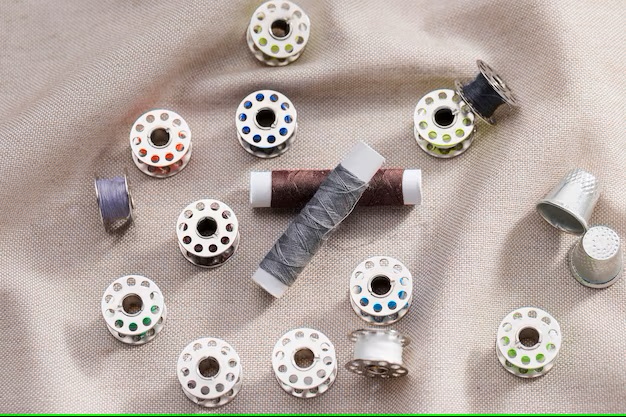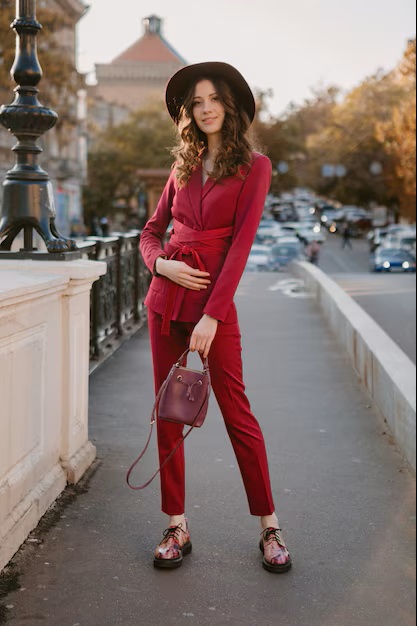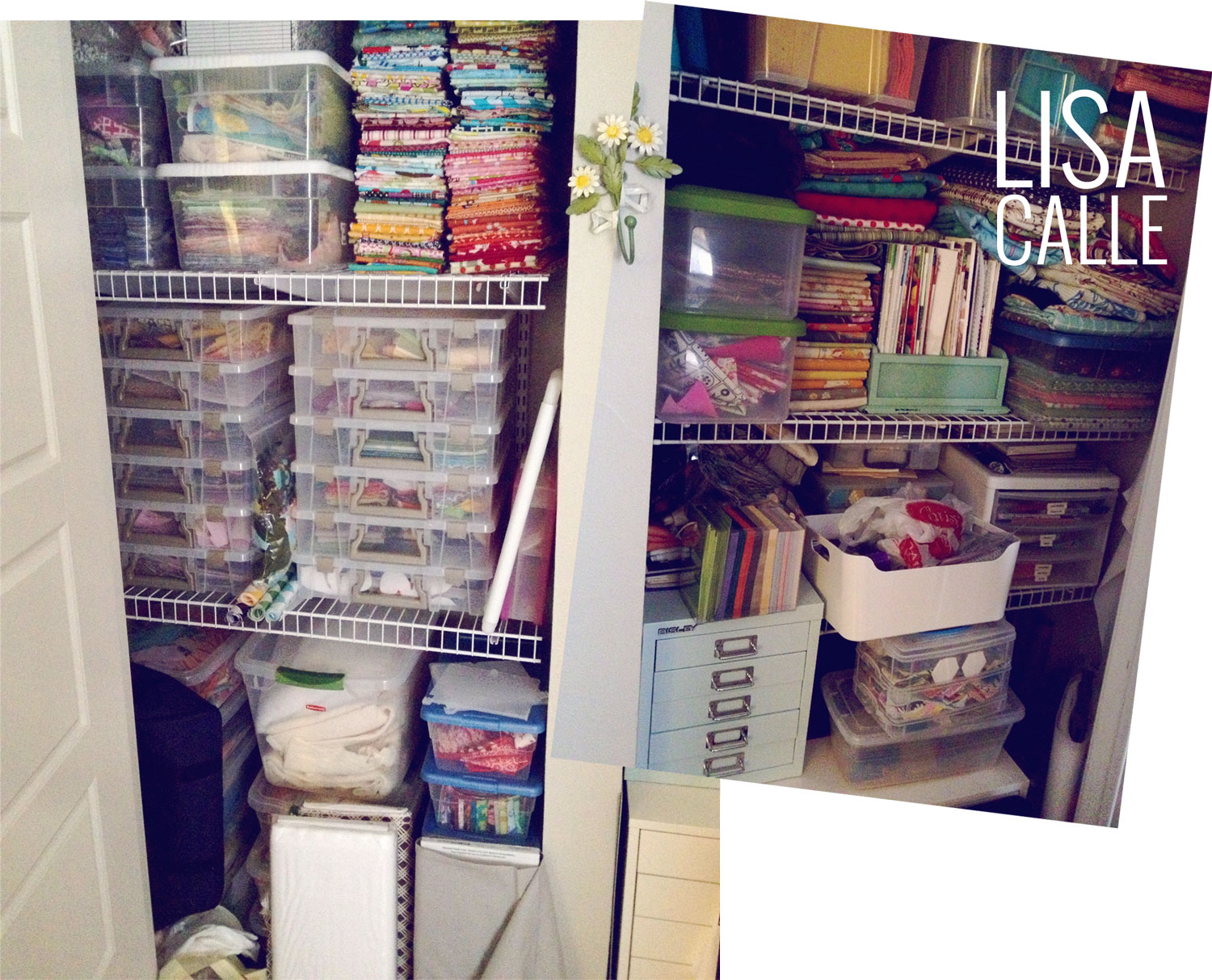Master the Art of Sewing Perfect Buttonholes for Flawless Finishes
Creating stunning garments involves multiple elements, and one crucial aspect that can elevate your creations is the ability to execute closures with precision. Crafting these functional elements not only completes a design but also adds a touch of professionalism to any piece. Aspiring designers and seasoned tailors alike can benefit from honing this specific skill, ensuring that their work stands out in terms of quality and finesse.
With an array of techniques and tools at your disposal, achieving impeccable results is within reach. Through careful practice and understanding of methods, anyone can refine their approach, leading to improved outcomes in the construction of various outfits. This journey invites exploration of diverse materials and styles, fostering creativity and innovation in every project.
Delving into the intricacies of this technique empowers individuals to portray their unique aesthetic effectively. Whether you are preparing a casual garment or a formal piece, mastering this aspect can significantly enhance the overall appearance and functionality. By immersing yourself in the details, you will discover how essential these elements are to your craftsmanship.
Understanding Different Types of Buttonholes
In garment creation, various styles of fastenings play a crucial role in both functionality and aesthetics. Each variation serves unique purposes and can significantly influence the overall design and wearability of the piece. Recognizing the distinctions among these closures will enhance your ability to choose the right one for your projects.
Bound Buttonholes
Bound openings are typically found on high-end garments, providing a polished and professional appearance. These are constructed using additional fabric to encase the raw edges, showcasing a sophisticated finish. This technique adds durability and ensures longevity, making it a favored choice for jackets and tailored pieces. While challenging to execute, mastering this style can elevate your sewing prowess.
Machine-made Buttonholes
With advancements in technology, many sewing machines now offer automated options for creating fastenings. These machine-made variants can save time and labor, catering to those who prefer convenience. They provide consistent sizing and shape, allowing for a streamlined production process. However, achieving high-quality results may require some practice, as not all machines handle this task equally well.
Essential Tools for Sewing Buttonholes
Creating exquisite openings in fabric requires specific instruments that ensure precision and quality. Utilizing the right equipment can significantly enhance the outcomes, allowing every detail to shine. This section delves into crucial items that every textile enthusiast should have on hand to achieve remarkable results.
Necessary Instruments
First and foremost, a high-quality sewing machine with a buttonhole attachment is vital. This feature simplifies the process, ensuring uniform and professional-looking results. Additionally, a reliable buttonhole foot is indispensable, as it aids in guiding the fabric accurately, maintaining even stitches throughout.
Additional Helpful Supplies
Beyond the primary apparatus, certain accessories can make a significant difference. A sharp scissors or seam ripper is essential for trimming excess threads and making precise cuts. It’s also beneficial to have measuring tape and fabric marking tools handy, ensuring that every dimension aligns perfectly. Together, these tools enable a seamless and enjoyable creation process.
Step-by-Step Guide to Create Buttonholes
Crafting precise openings in fabric can elevate your projects, ensuring functionality and aesthetic appeal. This section provides an easy-to-follow methodology for creating these essential features with accuracy and simplicity.
Materials Needed
- Fabric
- Tailor’s chalk or marking pen
- Ruler
- Button
- Seam ripper
- Needle and thread
- Sewing machine
Instructions
- Determine the size of your opening based on the button’s dimensions.
- Mark the desired position on the fabric using tailor’s chalk or marking pen.
- Measure and draw the length and width of the opening with a ruler.
- Set your sewing machine for the appropriate stitch type, often zigzag or buttonhole stitch.
- Begin sewing around the outline of the marked area, ensuring consistent tension.
- After reaching the start point, reverse stitch to reinforce the edges.
- Carefully cut through the center, using a seam ripper, to create the actual opening.
- Finish the edges as needed to prevent fraying, and ensure the hole is functional.
Following this guide will lead to impressive and reliable outcomes, enhancing your fabric creations and adding that professional touch.
Common Mistakes to Avoid When Sewing
Creating beautiful garments requires attention to detail and understanding of the techniques involved. However, there are several pitfalls that can hinder the quality of your work. Recognizing and steering clear of these common errors can vastly improve your results and save you time and frustration.
One frequent issue is skipping the pre-washing of fabric. This can lead to shrinkage and distortion after the item is completed, compromising the integrity of your project. Additionally, neglecting to use the appropriate needle type for your chosen material can cause snags or uneven stitching, affecting the overall appearance of your piece.
Another mistake is failing to accurately measure and mark fabric before cutting. Poor measurements can result in misaligned seams and uneven hems, leading to a less than polished finish. It is also essential to avoid rushing through the process. Taking your time allows for precision, ensuring that each step is executed well.
Lastly, overlooking the importance of pressing throughout the workflow can leave seams wrinkled and create an unprofessional finish. Incorporating pressing as an integral part of your technique will enhance the quality of your creations significantly.
Tips for Perfecting Your Technique
Achieving exceptional results while working on your fabric can transform your projects, adding a polished touch that enhances their overall quality. Focusing on a few essential practices can elevate not only your skills but also the appearance of your finished items.
Choose the Right Tools: Selecting appropriate equipment is crucial. Invest in a high-quality machine that offers features specifically designed for making openings. Additionally, use sharp needles and thread that matches your material to ensure both function and aesthetics.
Practice on Scraps: Before diving into your main piece, take time to experiment with leftover fabric. This will allow you to familiarize yourself with your machine’s settings and techniques without fear of ruining your project.
Measure Accurately: Precision is vital. Take careful measurements to determine the size and placement of each opening. Utilizing templates can provide consistency and accuracy, ensuring uniformity across multiple pieces.
Utilize Stabilizers: To prevent distortion, consider applying stabilizers to your fabric. These additions can provide support during the process, helping maintain the integrity of the material as you create your designs.
Adjust Settings: Understanding the specific features of your machine can make a significant difference. Consult your user manual to find optimal settings suited for the type of fabric you are working with, ensuring smooth operation throughout the process.
Finish with Care: Once you’ve completed your openings, take time to finish the edges properly. Techniques like trimming, zigzag stitching, or serging can help prevent fraying and ensure longevity in your work.
Enhancing Projects with Custom Buttonhole Designs
Incorporating unique details into your creations can elevate them from ordinary to extraordinary. One way to achieve this is by integrating personalized openings that not only serve a practical function but also add visual interest to your garments and accessories. This approach allows for creativity and individuality in each project, transforming standard pieces into standout items.
When considering custom designs, think about how these enhancements can complement your overall aesthetic. Here are some ideas to inspire you:
- Color Choices: Experiment with thread colors that contrast or match your fabric to create a striking effect.
- Shapes: Move beyond traditional styles by crafting unique outlines, such as scalloped or rounded edges.
- Decorative Stitches: Incorporate intricate stitching patterns around the openings to add texture and visual appeal.
- Layering Techniques: Combine fabrics, such as silk or lace, for a stylish overlay that showcases your unique flair.
- Functional Accents: Consider adding little elements like tiny bows or decorative buttons to complete the design.
Integrating personalized elements into your projects can significantly enhance their overall look and feel. When planning your designs, always keep in mind how each feature interacts with the final product. By thinking outside the box, you can create bespoke pieces that speak to your style and ingenuity.
Q&A: Sew perfect buttonholes
What are the essential tools I need to sew buttonholes effectively?
To sew buttonholes effectively, you will need a few essential tools: a sewing machine capable of creating buttonholes, a buttonhole foot (which assists in creating evenly spaced buttonholes), sharp scissors or a seam ripper to open the buttonholes, and a fabric marking tool or chalk to mark the placement of your buttonholes. Additionally, using a stabilizer or interfacing can help maintain the fabric’s shape during the process, ensuring a clean finish.
How do I choose the right size for my buttonholes?
Choosing the right size for your buttonholes largely depends on the buttons you plan to use. A good rule of thumb is to make the buttonhole about 1/8 inch larger than the button diameter. If you’re using a button with a shank, you’ll want to consider the thickness of the button’s shank when measuring. It’s also helpful to test the size on a fabric scrap before committing to your final garment to ensure a perfect fit.
What common mistakes should I avoid when sewing buttonholes?
Common mistakes when sewing buttonholes include not adequately preparing the fabric, such as failing to add stabilizer, which can lead to distortion. Additionally, avoid placing buttonholes too close together or too near the edge of the fabric; ideally, they should be spaced evenly and positioned based on the design of the garment. Other pitfalls include misjudging the buttonhole’s size or shape—always refer back to your button measurements and do test runs on scrap fabric to ensure accuracy.
Can you explain the step-by-step process of sewing a buttonhole on a sewing machine?
Sure! Here’s a step-by-step process for sewing a buttonhole on a sewing machine: First, prepare your fabric by marking the buttonhole placement with a fabric marker. Next, insert the buttonhole foot onto your sewing machine. Select the buttonhole setting on your machine, which usually has a visual symbol indicating this stitch type. Begin sewing, starting at the mark you made; the machine will typically sew one side of the buttonhole, backstitch at the end, and then sew the other side, finishing at the starting point. Once completed, carefully cut open the buttonhole with sharp scissors or a seam ripper, ensuring not to cut through any of the stitching. Lastly, try your button to ensure it fits snugly yet comfortably.
Are there any tips for sewing buttonholes on thick fabrics?
When sewing buttonholes on thick fabrics, there are several tips to consider. First, use a heavier-duty needle, such as a size 14 or 16, which can handle thicker materials better. Adjust your sewing machine’s tension settings if necessary, as thicker fabrics may require less tension. Additionally, use a walking foot to prevent the fabric layers from shifting while you sew. It’s also advisable to sew buttonholes in a single direction and avoid backstitching, as this can cause puckering. If your machine has difficulty cutting through the thickness, consider manually opening the buttonhole with a seam ripper after sewing to maintain the integrity of the stitches.
How can a beginner make perfect buttonholes every time using a sewing machine?
For beginners, creating buttonholes can feel tricky, but using an automatic buttonhole feature on your sewing machine simplifies the process. *Sew Essential* offers a guide to sewing buttonholes, explaining how to use the buttonhole lever and buttonhole gauge to get precise results every time. It’s important to take the time to properly set your machine as per the instructions, and using fray check at the end of the process will prevent the buttonhole from unraveling. Once you master this, buttonhole sewing becomes much easier, whether you’re working on a blouse or DIY sewing projects.
What is the difference between one step and four step buttonhole sewing methods?
The one step buttonhole method allows you to create a buttonhole in a single process without needing to adjust your sewing machine multiple times. This feature, often found on modern sewing machines, is perfect for sewists who want efficient results. In contrast, the four step buttonhole requires you to manually adjust the machine between different stages of the buttonhole creation. While both methods are effective, the one step option is quicker and ideal for beginners who want to sew buttonholes every time without the dread of complex adjustments.
What are the key moments to focus on when using a buttonhole cutter?
When using a buttonhole cutter, the key moments to focus on include first sewing the buttonhole with a secure bartack, then ensuring the buttonhole is properly measured with a buttonhole gauge. Carefully use the cutter to slice open the buttonhole without cutting through the stitches. Adding fray check afterward is essential to keep the fabric from fraying, especially around high-stress areas like the waist or bust of a blouse. Mastering this trick will make your sewing projects look more professional.
How does an avid seamstress ensure their sewing patterns fit perfectly at the bust?
An avid seamstress will always take the time to properly measure and adjust the sewing patterns, particularly at critical points like the bust. Sewing patterns usually come with bust darts or markings that show you how to sew the area for the best fit. Using a pin to secure the fabric and checking the fit before sewing helps ensure accuracy. For a perfect fit, especially in garments like blouses, mastering bust adjustments is one of the key sewing tasks every sewist needs to know about.
What sewing tutorials would you recommend to help beginners master buttonhole sewing?
Beginners looking to master buttonhole sewing should subscribe to *Sew Essential* or *Love Sewing* for detailed tutorials. These platforms often offer step-by-step guides that show you how to sew both one step and four step buttonholes. Tutorials often highlight how to use automatic buttonhole features and provide tips on avoiding common mistakes, like using a buttonhole cutter incorrectly. Following these tutorials will help you become a pro at creating buttonholes for any sewing project, from blouses to DIY items.
What are some essential tips and tricks for machine sewing buttonholes, especially for beginners?
To master machine sewing buttonholes, one of the most important tips is to adjust your stitch length properly, as this will affect the neatness of the button hole. *Sew Essential* suggests practicing on a scrap fabric to ensure the machine settings are correct before moving onto your garment. Using a buttonhole gauge for accurate button placement is key. For slippery fabrics like satin, it’s important to use stabilizer underneath to prevent the fabric from shifting during stitching. Whether you’re sewing a rectangular or keyhole buttonhole, setting up the machine properly ensures a clean finish every time.
What do I need to know about sewing hand-sewn buttonholes and their benefits compared to machine-sewn ones?
Hand-sewn buttonholes, while more time-consuming, allow for greater precision and control, especially when working with delicate fabrics or unusual button placements. *Love Sewing* suggests that hand-sewn buttonholes are a great option for couture garments or when making alterations to a sleeve where machine access is limited. The ability to customize the buttonhole stitch length is a significant advantage of hand-sewn buttonholes. However, machine-sewn buttonholes are much faster, especially when using the latest sewing pattern for a complex project.
How do I prevent issues with my bobbin when working on buttonholes using a sewing machine?
Issues with the bobbin can cause problems when machine sewing buttonholes, especially if the bobbin is not wound correctly or if there’s too much tension. *Sew Essential* advises checking the bobbin tension and ensuring that the bobbin thread is evenly wound before starting. Additionally, using the right stitch length and keeping the bobbin case clean will prevent tangles during sewing. For tricky fabrics or thick layers, using a piece of elastic or stabilizer can help manage the fabric better.
What can I learn from a *Sew Essential* masterclass on dressmaking, particularly when it comes to buttonhole techniques?
In a *Sew Essential* masterclass on dressmaking, you’ll find in-depth video showing techniques for creating both machine-sewn and hand-sewn buttonholes, as well as tips on adjusting stitch length and button placement. These classes often cover how to sew perfect buttonholes on tricky fabrics like slippery silk or stretch fabrics. There’s also a focus on modern tailoring methods and finishing techniques to ensure a professional look, whether you’re working on a sleeve or a full dress.
What are the pros and cons of using affiliate links to purchase the latest sewing pattern?
Using affiliate links to purchase the latest sewing pattern from platforms like *Love Sewing* or *Sew Essential* is convenient, as you get easy access to recommended tools and materials. The pros include supporting sewing content creators and receiving curated suggestions based on your project needs, whether it’s for a buttonhole placement guide or tips on working with a bobbin. However, the con is that some affiliate links may lead to products with higher prices compared to searching on other platforms, so it’s always worth comparing prices before checkout.



